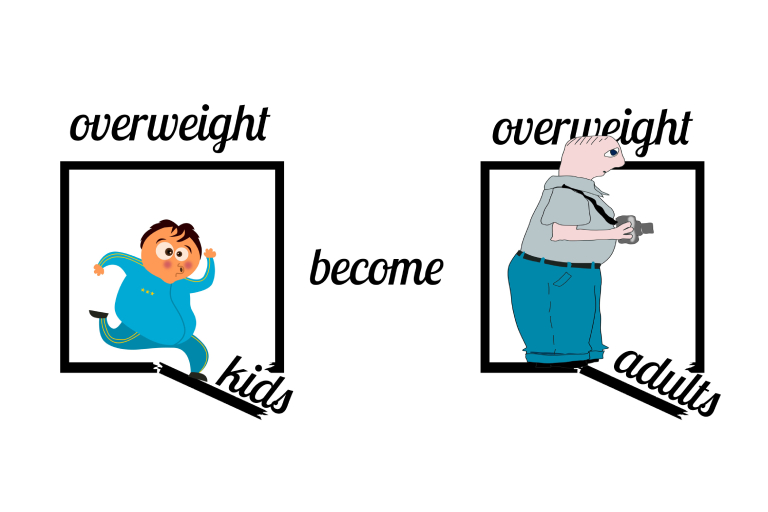Welcome to Growth Book, your trusted source for all things parenting! In this instalment, we’re diving into the realities of breastfeeding – a journey filled with love, nourishment, and sometimes, challenges. Whether you’re a new mom or a seasoned pro, understanding and overcoming common breastfeeding problems is essential for a successful nursing experience. Let’s explore some of the hurdles you might encounter and how to tackle them head-on.
- Sore Nipples:
- One of the most common challenges faced by breastfeeding mothers is sore nipples.
- Causes may include improper latching, friction, or sensitivity.
- Solution: Ensure a proper latch by positioning your baby correctly at the breast. Try different nursing positions and consider using lanolin cream or coconut oil to soothe sore nipples between feedings.
- Engorgement:
- Engorgement occurs when breasts become overly full and swollen, usually within the first few days after birth.
- It can be uncomfortable and may make it difficult for the baby to latch properly.
- Solution: Nurse frequently to empty the breasts, apply warm compresses before feeding to encourage milk flow, and gently massage the breasts to relieve pressure. If engorgement persists, consult a lactation consultant for further guidance.
- Low Milk Supply:
- Many mothers worry about not producing enough milk for their baby’s needs.
- Factors such as stress, inadequate nutrition, or certain medications may contribute to low milk supply.
- Solution: Increase milk supply by breastfeeding or pumping frequently, ensuring proper hydration and nutrition, and practicing relaxation techniques to reduce stress. Additionally, consult with a lactation consultant to identify underlying issues and explore potential solutions.
- Breast Infections:
- Mastitis, a common breast infection, can occur when milk ducts become blocked or bacteria enter the breast tissue.
- Symptoms may include breast pain, redness, swelling, and flu-like symptoms.
- Solution: Seek prompt medical attention if you suspect mastitis. Treatment often involves antibiotics, rest, frequent breastfeeding or pumping, and applying warm compresses to the affected breast. Continuing to breastfeed is usually recommended, as it helps to drain the breast and relieve symptoms.
- Latching Difficulties:
- A proper latch is crucial for effective breastfeeding and preventing nipple pain.
- Some babies may have difficulty latching due to tongue tie, low muscle tone, or other oral issues.
- Solution: Work with a lactation consultant to assess and improve your baby’s latch. They can provide guidance on positioning, techniques, and exercises to help your baby latch more effectively.
Conclusion:
Breastfeeding is a beautiful and natural way to nourish your baby, but it’s not always without its challenges. By understanding common breastfeeding problems and how to address them, you can navigate this journey with confidence and success. Remember, you’re not alone – seek support from healthcare professionals, lactation consultants, and fellow breastfeeding moms whenever you need it. Together, we can overcome any hurdle and make breastfeeding a rewarding experience for both you and your little one.
Stay tuned for more helpful tips and insights from Growth Book as we continue to support you on your parenting journey!
This blog is written by our expert doctor, Dr. Palak Batavia Shah, a Lactation Consultant in Ahmedabad.













